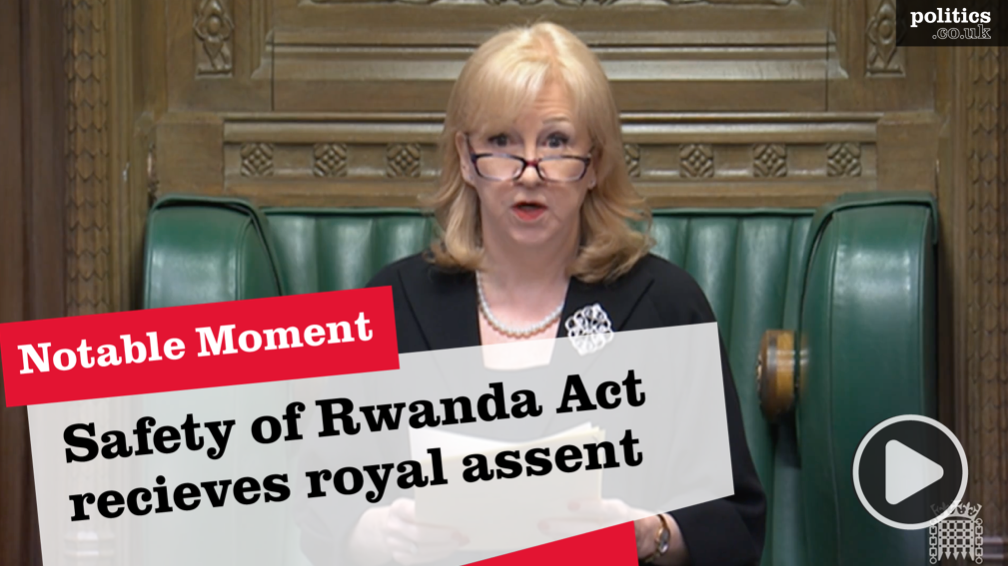Next election battleground will be in the North, not ‘non-existent Blue Wall’, says think tank
Analysis using the same methodology that correctly identified the “Red Wall” in 2019, finds that 36 additional northern Labour seats would be vulnerable to the Conservatives at the next General Election if overall vote share is in line with 2019, according to the conservative think tank Onward.
-
The think tank says there is no evidence of a Southern “Blue Wall” ready to fall next time, the way the Red Wall did in 2019 – but 49 seats in London and the South East are drifting away from the Conservatives and could fall in two or three elections’ time.
-
In new analysis released today, Onward proposed that a Lib-Lab pact is not enough for Labour to win a majority and the Conservatives would likely remain the largest party.
-
They also argued that Labour could regain 31 seats in the North, Midlands, and north Wales if 2019 Conservative voters switched back to their preferred party – but only 3 southern seats would change hands.
Six in ten battleground seats at the next election will be in Northern England, compared to just two-in-ten in the south and the Conservatives have a chance to gain ground in most of these northern seats. High-profile seats that could be at risk to the Conservatives at the next election include Shadow Home Secretary Yvette Cooper’s (Normanton, Pontefract and Castleford), and former Liberal Democrat Leader Tim Farron’s (Westmorland and Lonsdale).
The analysis goes beyond opinion polling to replicate the methodology that successfully identified the “Red Wall.” It examines where parties’ vote share over-performs or under-performs relative to what factors like age, education and homeownership predict. It finds that, if there is no national swing, the Conservatives would increase their majority by 26 seats and offset a few losses in the South with significant gains in Northern England. Even with a national swing against the Government of up to 5 per cent, continued political realignment would cushion its total losses, providing some headroom of around 6-10 seats.
But in the longer-term the South is unlikely to remain Conservative. Seats in “true blue” counties like East Sussex, Oxfordshire and Buckinghamshire will continue their drift away from the Tories and more seats may fall to other parties over several election cycles. If recent trends continue, two seats of recent Conservative Prime Ministers (Witney and Maidenhead) could become increasingly vulnerable. And at the next election the seats of former party leader Iain Duncan Smith (Chingford and Wood Green) and former Cabinet minister Theresa Villiers (Chipping Barnett) could be lost.
This analysis is further evidence that the stereotypes of the Conservatives’ southern heartlands and Labour’s Northern bloc is increasingly a thing of the past.
A Lib-Lab pact is unlikely to oust the Conservatives from power
A Lib-Lab pact along the lines proposed this month would not be enough to secure an overall victory. Even in the scenario of a perfectly coordinated electoral pact – in which the second-placed party takes all the voters of the other – the Conservatives would still hold 321 seats, exactly half of the (likely) 642 voting MPs. Labour would only win 233 seats and the Lib Dems would win 24.
Despite its current poll lead, Labour will continue to struggle unless it extends its support beyond liberal-left voters. The post-2019 Labour coalition is highly inefficient and its enormous majorities in London and Liverpool would be better spread out across the country. Labour MPs are three-times as likely as Conservatives to have majorities over 50 per cent. 12 per cent of Labour seats were won with majorities larger than 50 per cent (24 out of 202), but only 4 per cent of Conservative seats are in the same position (13 out of 365).
Even if Labour did consolidate the left, they would have to get 42.7 per cent of the national vote to deny the Conservatives a majority – and 49.7 per cent to win outright. Unless the party can once again appeal to voters who don’t hold left-wing liberal values, they will be permanently locked out of Government.
Labour also needs to fend off the Liberal Democrats. In 28 of the 35 seats where the Liberal Democrats do better than demographics would predict, they are more likely to be competing with Labour than the Conservatives – even in Southern England – suggesting that Lib Dem gains would come at Keir Starmer’s expense at least as much as Boris Johnson’s.
The threat from the right remains a bigger problem for the Conservatives
The threat to the Conservatives from the right is greater than from the left. If a Faragist “NewKip” party emerges as a credible challenger this could cost the Conservatives 53 seats, wiping out their majority and resulting in a hung parliament. A perfect Lib-Lab pact would only cost the Conservatives 44 seats.
Will Tanner, director of Onward and former deputy head of policy to Theresa May, said: “The next election, like the last, will be won in the North of England. While the South is steadily becoming less Conservative over time, there is no Blue Wall waiting to fall across the home counties in two years’ time.
“But there are dozens of traditional Labour seats in the North that could yet switch. This report underlines why making headway on “levelling up” is utterly essential for the Conservative Party – and why Labour still has a mountain to climb.”











